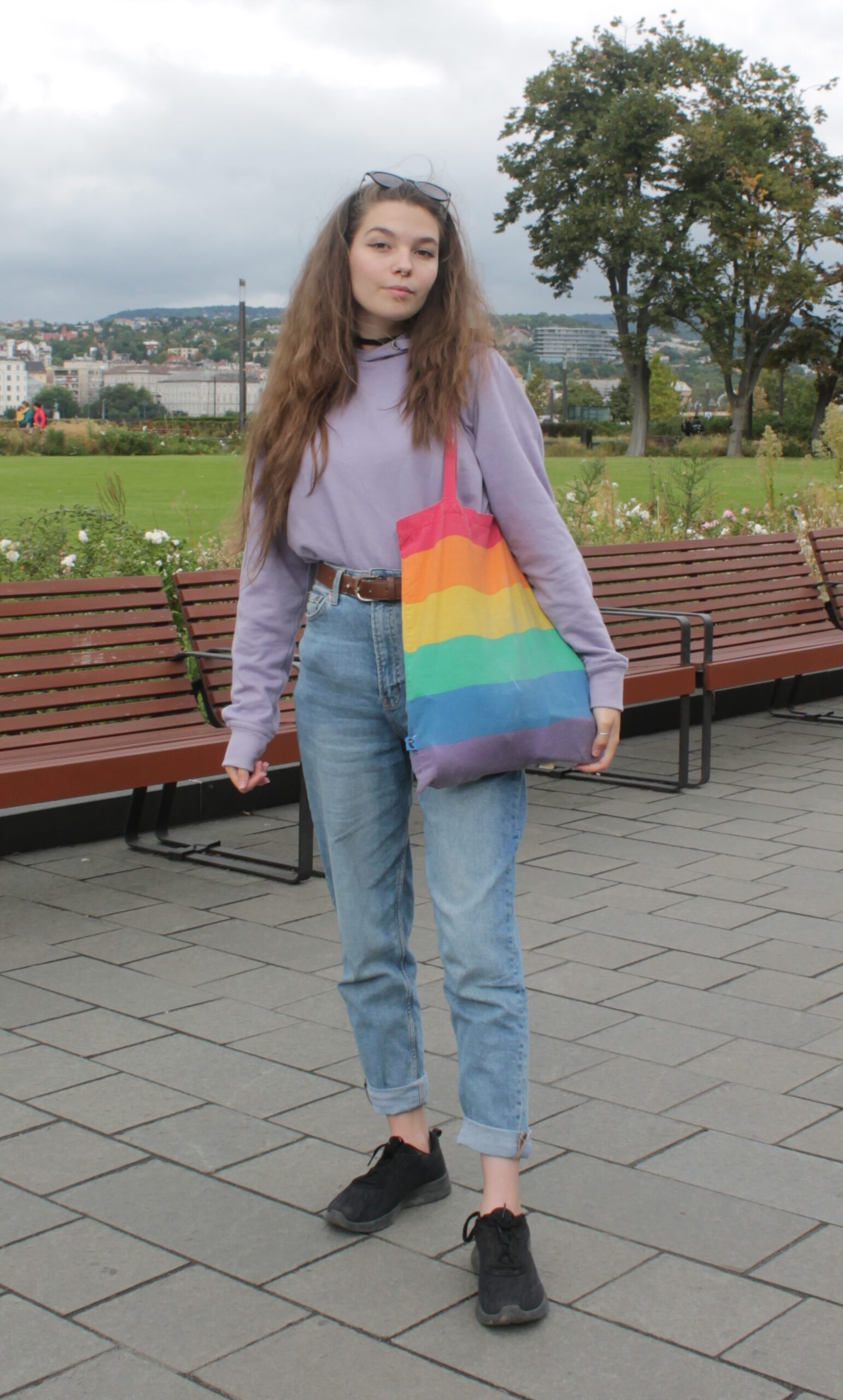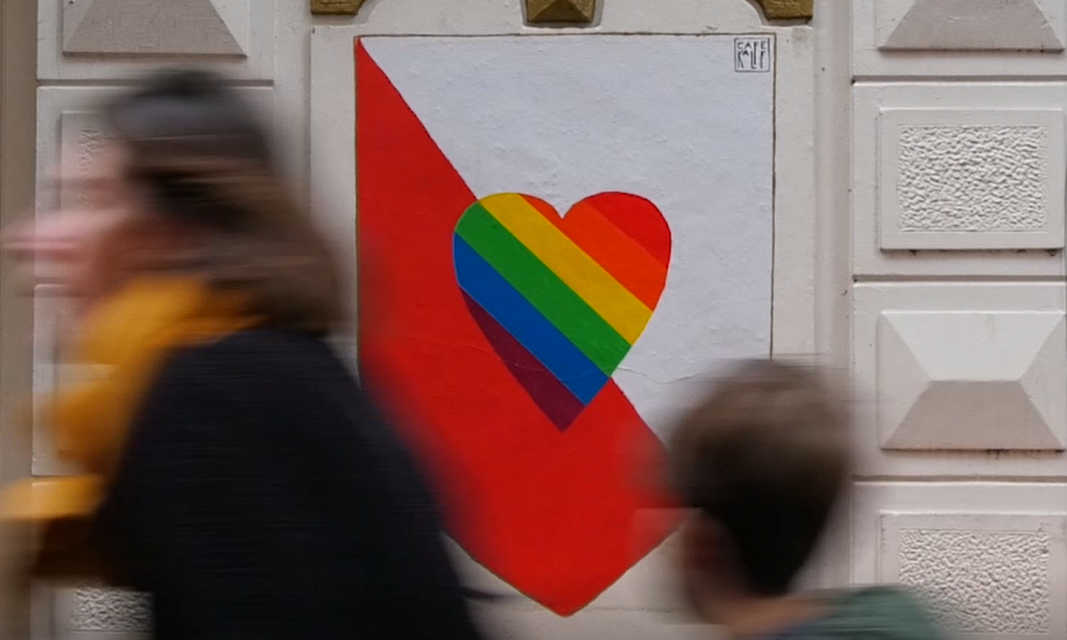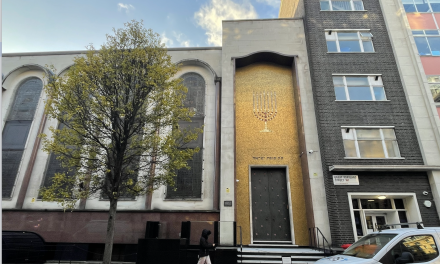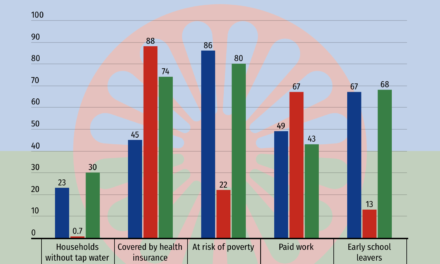The effects of the LGBTQI-content ban for children in Hungary
A box of crayons and an untouched sheet of paper. For the average toddler, who by now can actually hold the crayons themselves, stand on the threshold of tremendous fun. Using every tool in the box they can now create a natural phenomenon: a rainbow. A seemingly harmless drawing that is currently viewed as gay propaganda, and thus prohibited, ever since Hungary passed a new law last June, banning LGBTQI-content for minors.
With the start of the new school year, the ban on LGBTQI-content – which is seen as gay or transgender propaganda – has come into effect. This means that no form of LGBTQI-content can be shown to minors. According to dr. Pauline Slot, whose research specializes in early children education and care, this is a problematic development for youngsters in Hungary. “Generally speaking, it’s good for the development of a child to grow up in a diverse society – and I mean diverse in all ways. Equally important is that diversity is shown in a positive light, and governments do play a key role in this,” says Slot. “But banning children from drawing rainbows, especially for younger children, will cause more problems than the ban on LGBTQI-content.”
Banning LGBTQI-content from minors doesn’t only stop children from getting acquainted to a diverse society, it actively projects the idea that some people ‘who are different’ are bad – which harms the development of young children. “But actually creating such a stigma around rainbows, that for children is just a happy drawing or picture, can really upset the natural development of toddlers and children in Hungary,” Slot explains. “Rainbows, apart from what they represent for the LGBTQI-community, are magic things for children and we see that almost every child goes through a phase of drawing them.”
Nineteen year old Enikő Budai, first year business student in Budapest and part of the LGBTQI-community, says that there was never much LGBTQI-content in schools to begin with. “In every possible school subject, there was never any mention of same sex couples or transgender people,” she says, securing her rainbow tote bag on her shoulder. It’s a bag that gets a lot of looks nowadays, though she says nobody has actually commented on it – yet. “Rainbow flags either aren’t allowed to be put up, or they get taken down quite aggressively. This is my private form of rebellion, though technically I can’t use it around children.”
Enlarge

This technicality, as Budai puts it, accurately describes the control on the ban. There is no government authority figure patrolling the streets and schools, searching for “gay propaganda”. Luca Dudits, spokesperson of LGBTQI-organisation Háttér Society, on the ban: “We’ve heard from a lot of members of our society that especially in the elementary schools and kindergartens principles and parents are following this new ban and are actively trying erase anything that could be viewed as LGBTQI-content – so educators can’t paint rainbows on their walls or put them on brochures anymore.”
That a rainbow is such negative symbol in Hungary, will affect the children, Slot predicts. “It’s such a normal thing for children to do that we usually don’t even think anything of it. But this stigma on rainbows will, probably, give young children the feeling that they’re doing something wrong, without understanding why.” And that feeling of doing something wrong, can effect children later on in life too. Mainly not understanding why can lead to a lot of uncertainty and self-doubt. “Children of this age are also learning how to identify danger at the hand of certain symbols or signs. A rainbow, a symbol that usually means something beautiful or fun, now has a negative meaning to it.”
However, the exact effects aren’t clear yet. “There hasn’t been a lot of research done about this sort of ban for young children. In my experience, the more you try to forbid something, the more people try to find a way around it.” Slot thinks it unlikely that there will be a generation of conservatives, now still in primary school, but that this ban will lead to more polarisation. “There will be people who grow up conversative and share those thoughts with others, but there will also be people who will resist this law and they too, will find each other and share their thoughts.”




